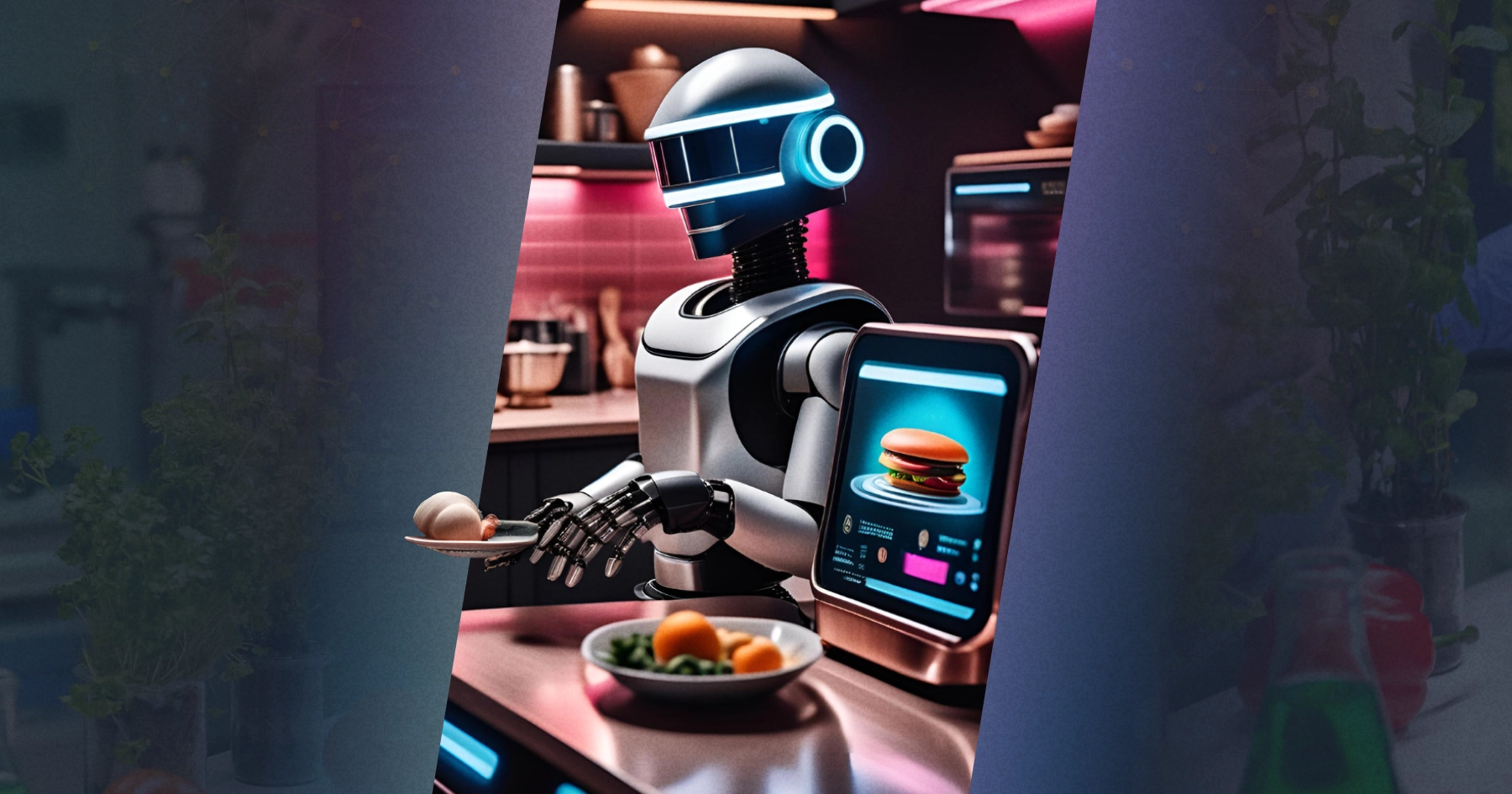AI Healthy Cooking Assistant for the Meal Planning Platform
AI-powered assistant facilitating personalized balanced recipe recommendations based on user-specified preferences.

Summary
-
DataRoot Labs’ client operates a robust platform offering meal preps, recipes, and personalized dietitian consultations to help individuals achieve their nutritional goals. With a comprehensive database of curated recipes and meal plans, this platform guides users toward healthier eating habits.
-
The client envisioned integrating a new dimension of personalized interaction into their existing platform through an AI assistant. This chat-bot serves as a virtual guide, allowing users to input their preferred ingredients, cooking time, allergens, and meal types — from desserts and drinks to smoothies, dinners, soups, and breakfasts. Utilizing advanced algorithms, the assistant generates tailored recipe recommendations that not only align with users’ culinary preferences but also cater to their specific nutritional needs. Additionally, customers can input their own recipes for personalized feedback on how to enhance nutritional value, creating a dynamic and interactive culinary experience.
-
In this project, DRL team integrated a comprehensive technological approach that combines a repository of provided recipes and nutritional knowledge with advanced algorithmic and AI methodologies. Central to our solution is the use of fine-tuned language models (LLMs) such as LLama 3, adapted to select & adjust recipes stored in the DB, and GPT-3.5 to generate nutritional advice based on user inputs. Milvus serves as a vector database, efficiently storing and retrieving recipe embeddings for personalized recommendations. This integration allows our AI assistant to leverage both structured nutritional data and natural language understanding to deliver tailored, informative guidance on healthy eating and recipe suggestions.
Tech Stack
Delivery Timeline
Imagine Sarah — a CFO and a mum. She decides to try an AI cooking assistant to make a dinner, and inputs what she has on hand: chicken, broccoli, and quinoa. Sarah also enters her family’s dietary preferences: her son’s allergy to nuts, and her husband’s low-carb diet.
Tech Challenge
-
The primary challenge was integrating a diverse range of recipes and nutritional knowledge into a cohesive system. This involved structuring the data in a way that provided efficient retrieval and understanding by the AI assistant. Ensuring that the chat-bot could handle various types of queries, from ingredient substitutions to dietary restrictions, required robust data organization and retrieval mechanisms.
-
The project aimed to provide personalized recipe recommendations based on user preferences and nutritional goals. This required developing algorithms that could dynamically adjust recommendations based on user feedback and previous interactions. Ensuring that the assistant could adapt its suggestions over time to better align with user tastes and dietary needs posed a complex technical challenge.
-
As the client’s platform already included a substantial database of recipes and meal plans, scalability was a critical consideration. The AI assistant needed to handle a potentially large volume of user requests efficiently, ensuring quick response times and minimal latency. Scaling the system to accommodate growing user bases and increasing data volumes while maintaining performance standards was a continuous technical challenge.
-
Leveraging Milvus as a vector database for recipe embeddings presented both opportunities and challenges. Optimizing queries to retrieve relevant recipes based on ingredient similarity and nutritional content required fine-tuning the integration between Milvus and the AI assistant. Ensuring that retrieval times were minimized while maintaining accuracy in recipe recommendations was a key focus area.
Solution
-
To address the scale and performance requirements of handling numerous user queries, we implemented the system using Rust. This choice ensured efficient operations and faster response times compared to traditional Python-based solutions. Rust’s memory safety features also contributed to the system’s stability under heavy loads, supporting seamless user interactions and query handling.
-
The AI assistant’s intelligence was enhanced through fine-tuning language models (LLMs) on a comprehensive knowledge base in collaboration with dietitians. We processed the provided books and scientific articles to compose the dataset of the relevant information. This approach ensured that the assistant could provide accurate and contextually correct nutritional advice and recipe recommendations tailored to individual user needs and preferences.
-
To enable quick and efficient retrieval of recipe and nutritional data, we established data pipelines that transformed and fed relevant information into Milvus and FAISS. These technologies facilitated optimized storage and retrieval of recipe embeddings, supporting personalized recommendations based on user preferences and dietary requirements.
-
Hosting LLMs presented infrastructure challenges, which were overcome by implementing dynamic load balancing and scaling strategies using Kubernetes (EKS) on AWS. This setup ensured the system could handle varying loads, from minimal usage periods to peak activity times, without compromising performance or user experience.
-
We integrated GGML for LLM inference and quantization, ensuring that the AI assistant could deliver accurate responses with minimal latency. This technological integration supported the system’s ability to adapt its knowledge base dynamically, incorporating updates such as new recipes or nutritional guidelines seamlessly into its recommendations.
By searching the database of different dishes and nutritional knowledge, the virtual dietitian finds a suitable recipe for Sarah. It suggests a recipe for low-carb roast chicken and broccoli with quinoa. The ingredients of the stir-fry sauce are adjusted to avoid causing an allergic reaction in her son. When Sarah asks the chatbot how to make the dish even healthier, the assistant recommends steaming the broccoli instead of frying it to preserve more nutrients.
Impact
-
AI cooking assistant has enhanced how individuals approach meal planning and nutrition. The chat-bot empowers users to make healthier choices without sacrificing taste or convenience by offering personalized recipe recommendations based on user-inputted ingredients, dish preferences, and allergens. Users benefit from tailored culinary guidance that aligns with their dietary goals and tastes, enhancing the overall cooking experience.
-
With its ability to suggest improvements to existing recipes for enhanced nutritional value, the AI assistant fosters a culture of informed eating habits. Users receive insights into ingredient substitutions and cooking techniques that optimize nutritional content, promoting long-term wellness through balanced nutrition. This personalized approach improves the quality of meals and encourages sustainable dietary practices, making healthy eating more accessible and enjoyable.
-
The integration of advanced machine learning algorithms ensures the AI cooking assistant adapts to individual preferences and dietary restrictions, providing accurate and relevant recommendations in real-time. This technological advancement enhances user satisfaction and engagement, positioning the assistant as a trusted companion in the kitchen. As a result, the chat-bot enhances user confidence in meal preparation while promoting a healthier lifestyle, contributing to a positive societal impact by fostering better eating habits across diverse demographics.
Want an AI assistant for your business?

Talk to Yuliya. She will make sure that all is covered. Don't waste time on googling - get all answers from relevant expert in under one hour.


